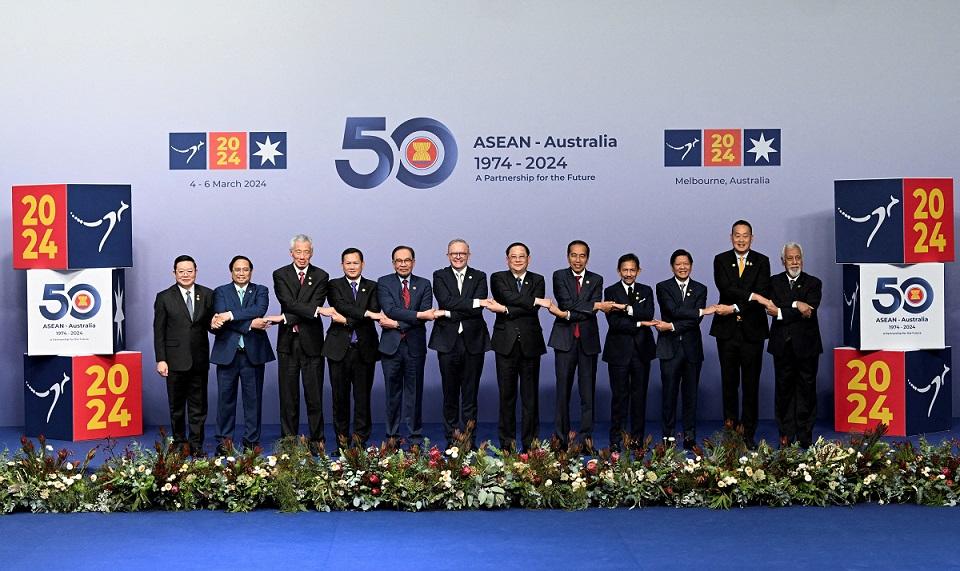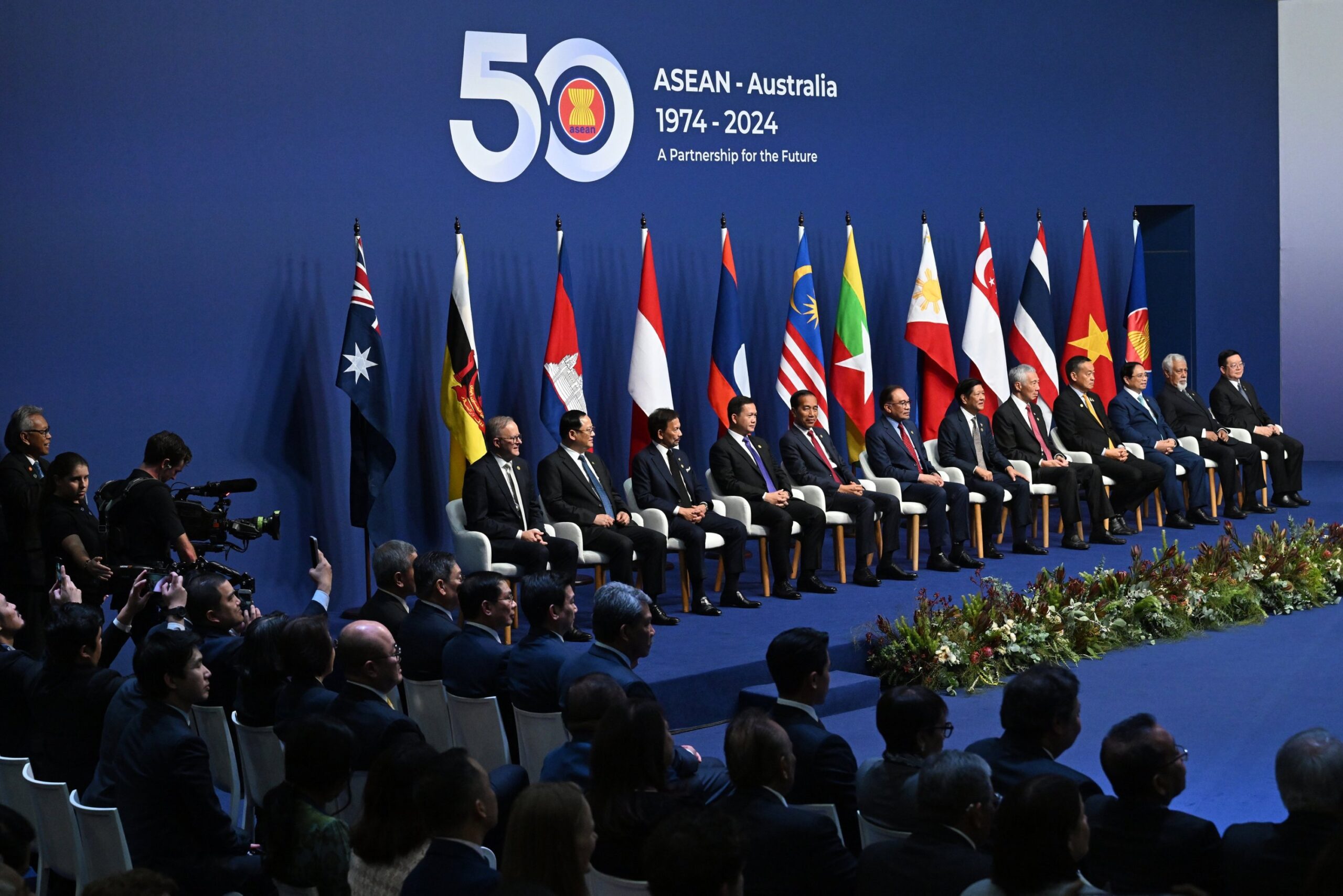Australia-ASEAN Summit and the South China Sea Dispute

Introduction
ASEAN-Australia Joint Maritime Cooperation
On the first day of the summit, Australia’s Foreign Minister Penny Wong announced funding of 64 million Australian dollars ($41.8 million) for maritime security and to strengthen Australia’s direct support for regional peace, stability, and capacity-building. In her speech to a forum on maritime cooperation, Wong said, “The countries of our region rely on oceans, seas, and rivers for livelihoods and commerce, including free and open sea lanes in the South China Sea.” According to Wong, “Australia is working closely with Southeast Asian partners to respond to shared maritime challenges and uphold international law.”
South China Sea is an enormous maritime region which is rich in resources and strategically significant for shipping. Despite competing claims from Malaysia, Vietnam, and the Philippines, China claims sovereignty over the entire of the South China Sea. In a joint statement, the leaders of Australia and ASEAN called for rules-based order in Indo-Pacific region, and to avoid unilateral actions that can endanger stability and peace in the region. In response, a spokesperson of China’s foreign ministry said that China’s stance on the disputed region is clear and consistent, and that the situation in the South China Sea is stable. In addition, “We will properly manage differences with the countries concerned and fully and effectively implement them with ASEAN countries.”
South China Sea Dispute: Philippines v/s China
The Philippines and China have a longstanding territorial dispute in the South China Sea. In recent months, the tensions between the two countries have risen significantly as both sides have accused of provocation and made harsh statements against each other. The Philippines has accused China of becoming more aggressive over the past year, claiming that Chinese fishing boats and Chinese Coast Guard (CCG) vessels have harassed and hindered Philippines ships on multiple occasions, especially when they were trying to resupply a small garrison located on Second Thomas Shoal, an important location in the Philippines’ Exclusive Economic Zone (EEZ). Following a Chinese Coast Guard vessel’s attack with water cannons, a Philippines cargo ship suffered serious engine damage in December 2023, for that matter Philippines has lodged diplomatic protests with Beijing. But, according to the Chinese Coast Guard, the Philippine boat disregarded repeated warnings and intentionally collided with the Chinese vessel.

The exchanged accusations increased the possibility that an escalation might result in a major confrontation involving other regional actors, including the treaty ally of the Philippines, the United States. China accused the United States of using the Philippines as a pawn. Foreign Ministry spokesperson Mao Ning stated, “China urges the United States not to use the Philippines as a pawn to stir up trouble in the South China Sea.” This situation will not only disrupt critical trade routes but will also have a disastrous impact on regional stability.
In a speech to the Australian Parliament, Philippine President Ferdinand Marcos Jr. reaffirmed his nation’s stance on the South China Sea, in spite of growing strains with Beijing over competing claims. He said “I will not allow any attempt by any foreign power to take even one square inch of our sovereign territory.”
Conclusion
The summit between Australia and ASEAN showed a commitment to regional collaboration, which is essential for preserving peace and promoting economic growth. Within ASEAN, there is division over relations with China. While the Philippines and Singapore have had tense relations with China, Cambodia, Laos, and Myanmar have close ties to Beijing. However, the involvement of the United States has made the situation in the South China Sea very complex by pursuing Indo-Pacific Strategy and strengthening its alliances and partnerships i.e. Five Eyes Alliance, Quadrilateral Security Dialogue (QUAD) and AUKUS. Australia’s adoption of the AUKUS and China’s economic sanctions caused a significant shift in the two countries’ relationship. In spite of this, the two nations took action last year to have bilateral talks, improve trade relations, and strike a balance between geopolitical and economic realities. China and the ASEAN nations, particularly the Philippines, should accelerate South China Sea negotiations process and work together to maintain peace and stability in the region. Furthermore, all stakeholders involved need to cooperate to resolve their differences peacefully through dialogue, in order to reduce the risk of miscalculation and prevent serious conflict.